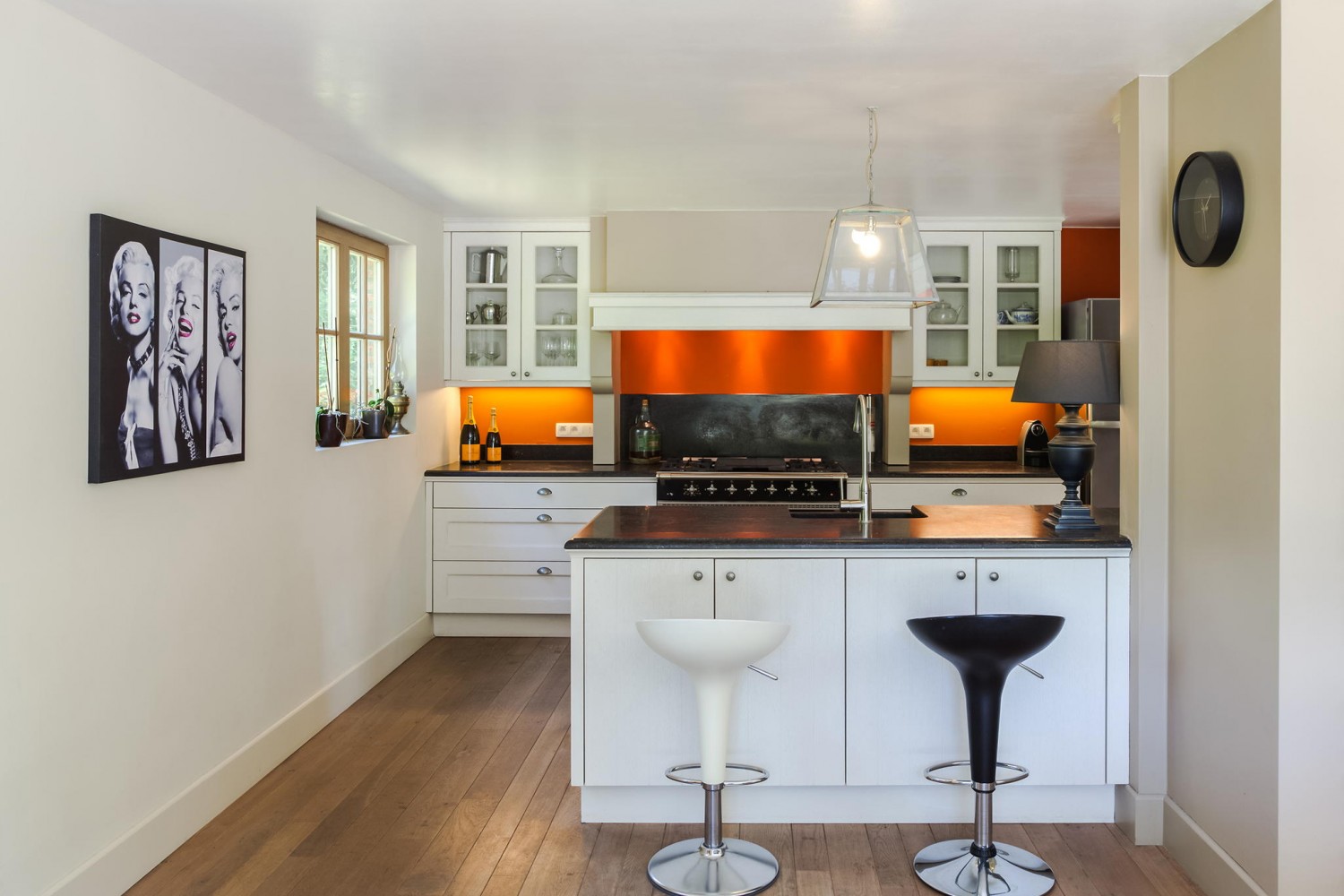Introduce The Fascinating Exploration Of Revitalizing Old Cabinets, Unearthing Failed To Remember Stories And Unraveling The Enigmas Of The Pasts
Introduce The Fascinating Exploration Of Revitalizing Old Cabinets, Unearthing Failed To Remember Stories And Unraveling The Enigmas Of The Pasts
Blog Article
Staff Author-Snider Westermann
To begin the trip of recovering antique closets, you require a keen eye for detail. Visualize discovering hidden tricks within each layer of background ingrained in the timber. Photo the complete satisfaction of restoring a once-forgotten piece to its previous splendor. Every step of this careful procedure holds the crucial to maintaining the past while developing a future antique. So, are you ready to start this transformative undertaking and unlock the capacity of your antique cabinets?
Analyzing the Closet's Problem
When beginning the reconstruction procedure, beginning by examining the condition of the antique cabinet. Meticulously take a look at the overall framework for any indications of damages such as splits, chips, or loose joints. Inspect the timber for any kind of rot, warping, or insect invasion that might have happened with time. It's essential to determine the level of the reconstruction required prior to continuing better.
Next, inspect the closet's hardware such as hinges, knobs, and locks. Make note of any missing pieces or components that require repair or substitute. Make certain that all hardware is working correctly and safely affixed to the cabinet.
Additionally, examine woodworking . Seek any scrapes, discolorations, or discoloration that might influence the aesthetic appeal. Figure out if the coating needs to be stripped and reapplied or if a straightforward touch-up will be adequate.
Collecting the Required Devices and Materials
After examining the problem of the antique cupboard, the next action is to gather the required devices and products for the reconstruction process. Before https://iwanttorenovatemyhouse31086.theisblog.com/28018630/tips-for-choosing-the-best-wood-for-your-custom-made-cabinets start, guarantee you have the complying with products handy:
- wood cleaner
- sandpaper in various grits
- wood filler
- paint or wood stain
- brushes
- gloves
- safety goggles
- a dust mask
- a drop cloth
- a putty blade
- a hammer
- a screwdriver
- a vacuum
These tools and materials are essential for a successful repair.
Wood cleaner is important for eliminating years of dust and gunk build-up, preparing the surface area for fining sand. Sandpaper of different grits helps in smoothing out flaws and preparing the wood for a new surface. Timber filler is handy for fixing any splits, openings, or damages existing in the closet.
Repaint or wood tarnish, together with brushes, enable you to tailor the cupboard to your preference. Keep in mind to wear gloves, security goggles, and a dust mask for defense. Lay down a drop cloth to safeguard your workspace, and utilize a vacuum cleaner to clean up any kind of debris.
With these devices and materials collected, you prepare to begin the repair procedure.
Carrying Out the Restoration Process
To effectively execute the repair process on your antique cabinet, start by extensively cleaning up the surface with the wood cleaner. This step is critical as it assists eliminate years of dirt, crud, and old polish that might have accumulated on the surface.
Once the cabinet is clean and completely dry, examine the condition of the timber. Search for any kind of cracks, scrapes, or various other damages that require to be resolved. Usage wood filler to repair any type of blemishes, making sure to match the filler shade to the wood tone for a smooth surface.
After the fixings have actually dried, carefully sand the whole surface to create a smooth and even base for the new surface. Be careful not to sand as well boldy, as you don't intend to harm the timber below.
As soon as the sanding is complete, apply a timber discolor or finish of your selection, adhering to the manufacturer's directions. Enable the surface to dry completely before using a safety top layer to ensure the durability of your brought back antique cabinet.
Final thought
Now that you have actually completed the repair process, your antique cupboard looks comparable to new.
By adhering to the step-by-step overview, you were able to examine, fix, and boost its condition effortlessly.
With a fresh surface and safety top coat, your valued piece will certainly continue to radiate for years ahead.
Delight in the appeal of your recovered antique cabinet!
